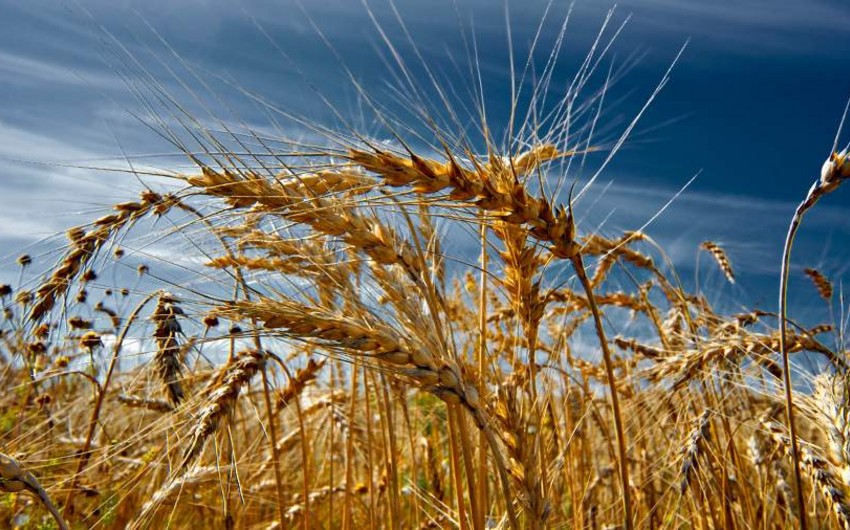Fertiliser and crop prices have fallen sharply since their peaks after last year’s Russian attack on Ukraine. Yet agriculture specialists and analysts have warned that the world’s food supplies are still under threat, Report informs via the Financial Times.
Food prices were already elevated before Russia’s full-scale invasion of Ukraine early last year, due to droughts and coronavirus pandemic-related hoarding by governments and businesses. Then crop nutrient prices soared as a result of Moscow’s position as the world’s largest fertiliser exporter, while the jump in natural gas prices, a critical ingredient for nitrogen fertilisers, also piled pressure onto agricultural markets.
Last year’s Black Sea grain deal between Moscow and Kyiv played a crucial role in subduing prices, along with plentiful supplies from Russia, while lower natural gas prices have calmed fertiliser markets. However, analysts warn the grain deal could unravel, while volatile energy prices and climate change also threaten to undermine crop production.
“It’s like flying with one engine,” said John Baffes, senior agricultural economist at the World Bank. “As long as that engine works it’s fine, but if the engine stops then you have problems . . . If any of [these risks] materialise, we’ll see a [rise in prices] very, very quickly.”
The most immediate danger is the UN-backed grain deal, which is due to be renewed in March. Any failure to extend it would block exports of Ukrainian grain, sending prices rocketing again.
While many crops, along with food fertilisers, are exempt from sanctions imposed on Russia by Ukraine’s allies, many banks, insurers and logistics groups have been reluctant to handle their farmers’ produce, according to Russian and European officials. Geopolitical tensions could disrupt supplies.
Another threat is climate. Last year’s record-breaking temperatures in Europe and other parts of the world occurred despite the La Niña weather phenomenon. La Niña involves the cooling of the Pacific Ocean’s surface. After three consecutive years of La Niña conditions, many meteorologists have warned about the rising chances of the opposite — the El Niño phenomenon, which has a warming effect — occurring this year.
The shift from La Niña to El Niño “is likely to lead to global temperatures in 2023 being warmer than 2022”, the UK Met Office warned late last year.
Regionally, El Niño conditions have previously caused droughts in south and south-east Asia and Australia and floods in Latin America, including in Brazil and Argentina.
Relatively low grain inventory levels have added to analysts’ concerns about global food supplies.
For wheat, the stock-to-use ratio, a measure used by grain market participants and agricultural economists to assess the availability of commodities, is illustrative. It shows projected stocks for the end of the crop year in June are forecast at 58 days, the lowest level since 2008, when international food prices soared after droughts and an increase in global energy prices.
“Because of the low global stock situation, prices will remain volatile and could head sharply higher if a drought or significant weather event emerges this spring,” said Joseph Glauber, senior research fellow at food security think-tank IFPRI and former chief economist at the US Department of Agriculture.
Currency movements are also important for food supplies in many developing countries. Despite the recent falls in food prices on international markets, the strength of the dollar could keep costs in local currencies high.
That means food inflation for consumers is likely to persist for several quarters due to the lag of about a year for internationally traded prices to work their way through to retail supply chains.


 https://static.report.az/photo/ddf73f79-133a-3f27-9cb3-03eaab7d0710.jpg
https://static.report.az/photo/ddf73f79-133a-3f27-9cb3-03eaab7d0710.jpg

